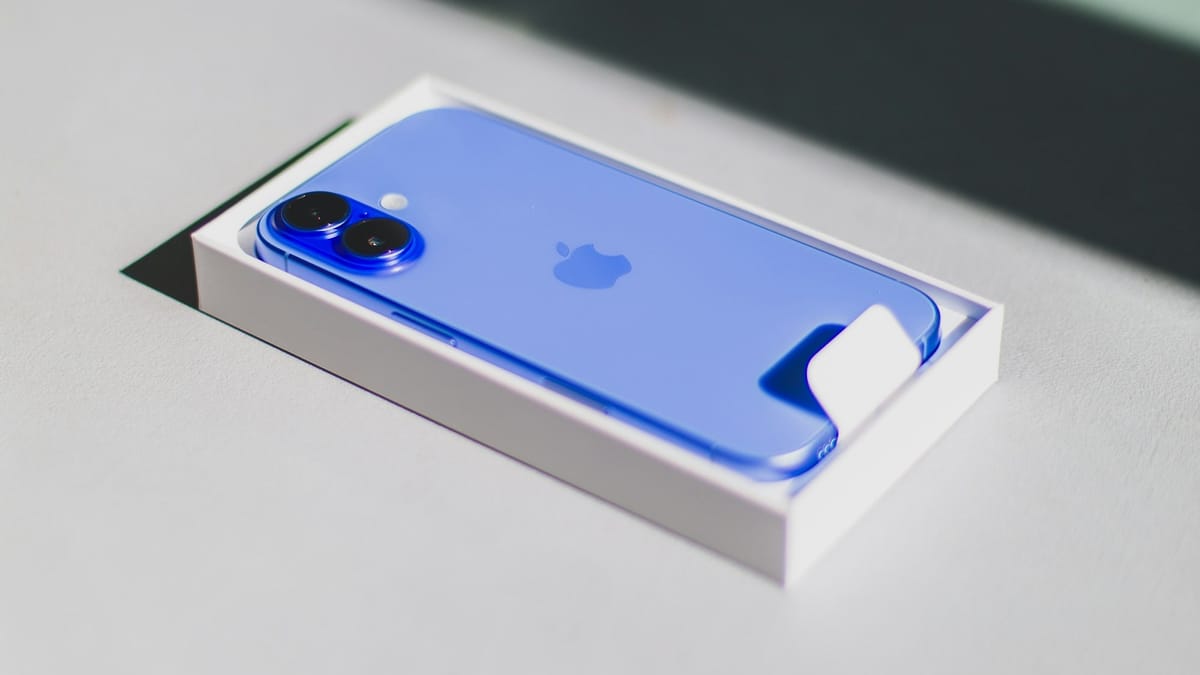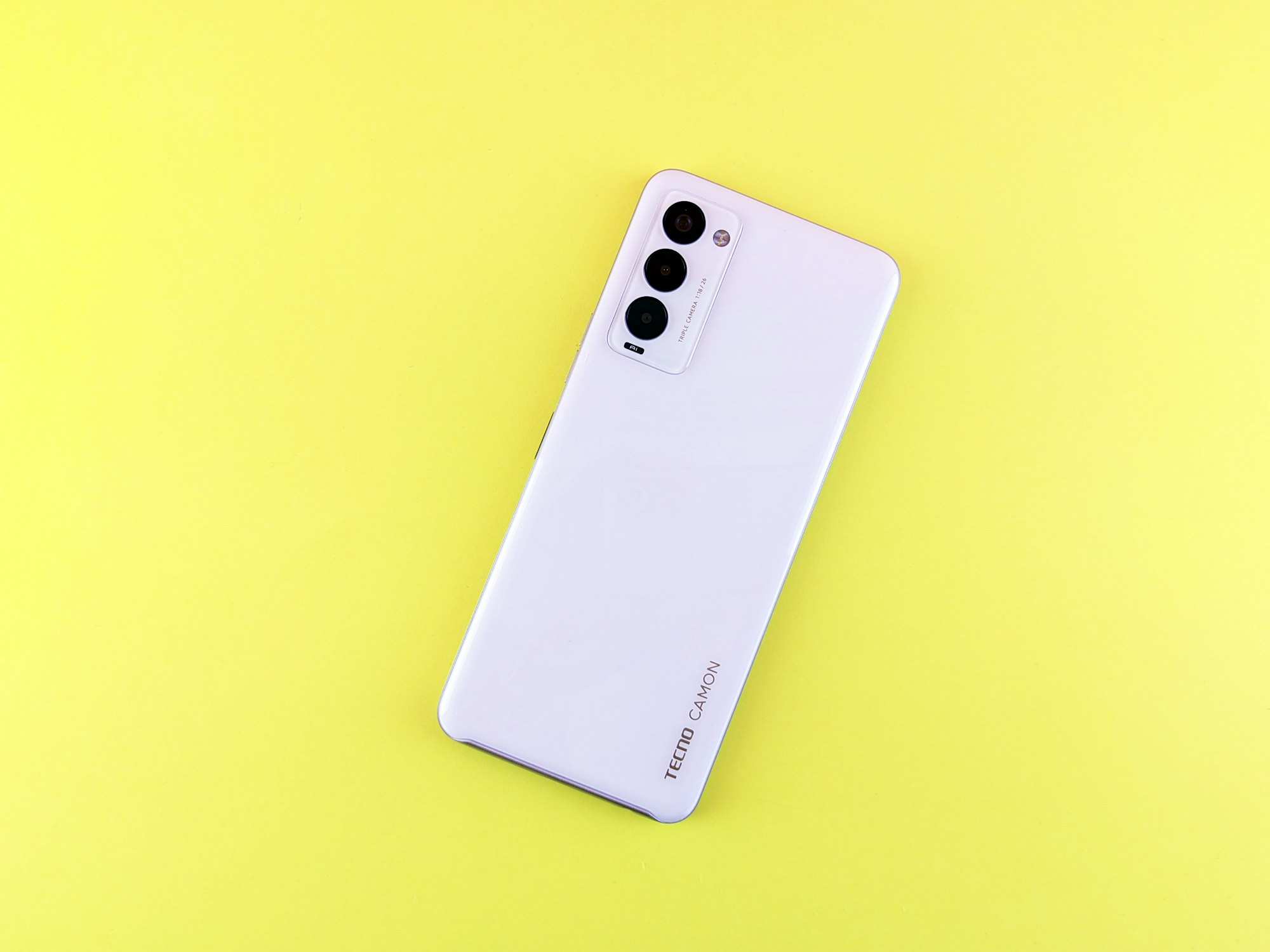The iPhone 16 series is finally returning to Indonesia in April
And it cost Apple at least $300 million to pull it off
After nearly five long months of being exiled from Indonesia, the iPhone 16 is finally making a comeback. Apple and the Indonesian government have reached an agreement, and starting April 11, Indonesians will once again be able to buy the iPhone 16 lineup—including the 16, 16 Plus, 16 Pro, 16 Pro Max, and the budget-friendly 16e.
It’s been a messy road to get here, with investment negotiations swinging from millions to a rumored billion dollars, but Apple has finally found a way back in. So, what was the holdup? Indonesia has strict rules requiring at least 40% of a smartphone’s components to be made or developed locally. That’s not a problem for brands like Samsung and Oppo, which have already set up factories to help them manufacture devices in the country.
But Apple? It has no plans to build iPhones in Indonesia, and that created a standoff. After months of back-and-forth—and multiple rejected offers—Apple landed on a deal that includes at least $300 million in investments. Whether this is the final figure or just part of Apple's previously pledged $1 billion commitment remains to be seen, but for now, it was enough to lift the ban.

The agreement also includes factories for AirTags and accessories, investments in research and development, and expanded training programs for local developers. Apple may refuse to manufacture iPhones in Indonesia, but it looks like this compromise worked.
Now, it has the chance to tap into Indonesia’s 285 million-strong population and strengthen its position in the market. While iPhones dominate the premium phones segment with 40% of sales for phones over $600, it holds just 10% overall. With more affordable options like Transsion, OPPO and Samsung now leading, breaking into the top five won’t be easy. For Apple fans in Indonesia, though, this resolution is great news. Up until now, the only way to get an iPhone 16 was through personal imports, which were limited and far from ideal. Now, all models will be available through official channels, though pricing is still under wraps. Apple may have sidestepped local iPhone production this time, but with Indonesia’s fast-growing smartphone market, the bigger question is whether it can avoid another showdown when the iPhone 17 rolls around.










